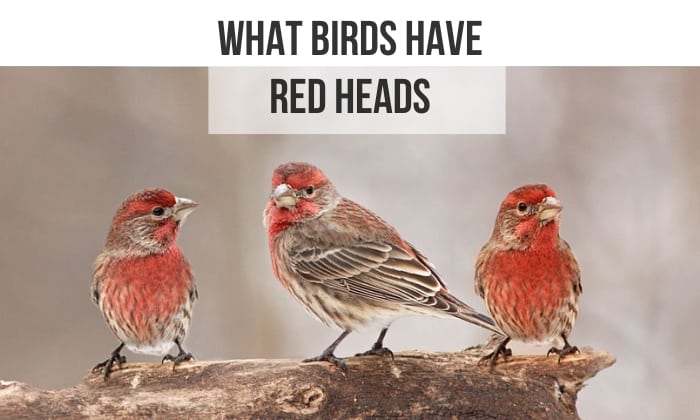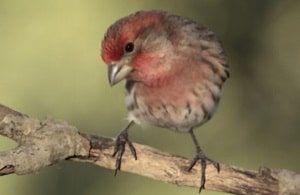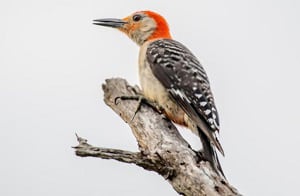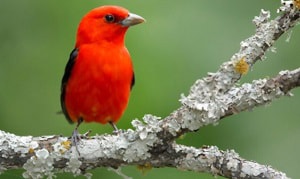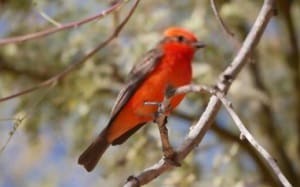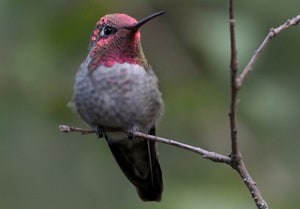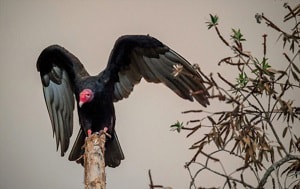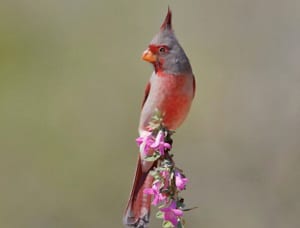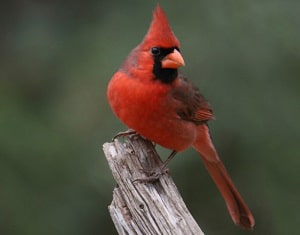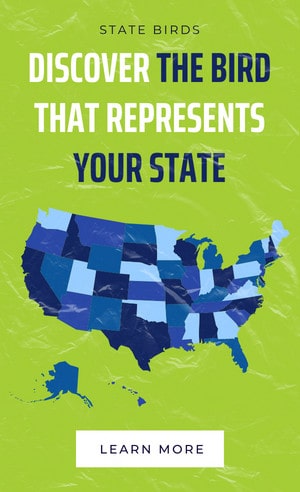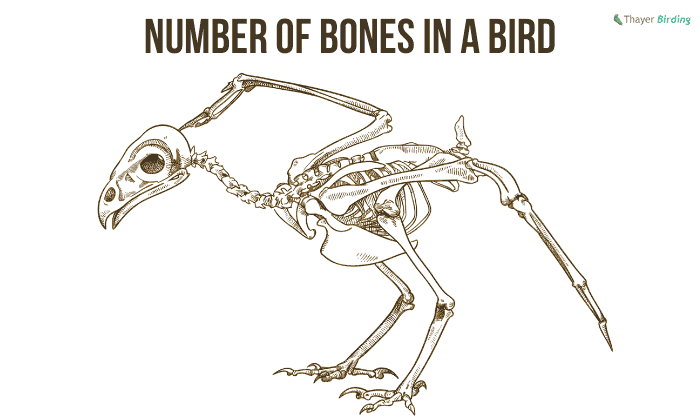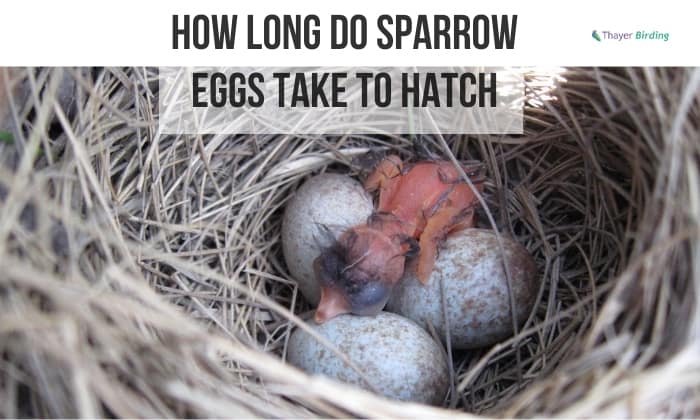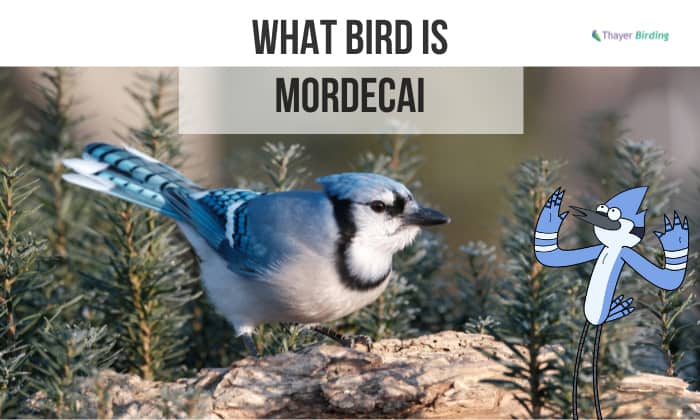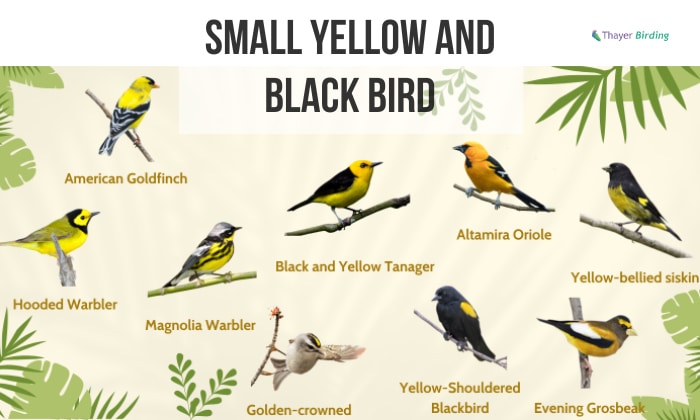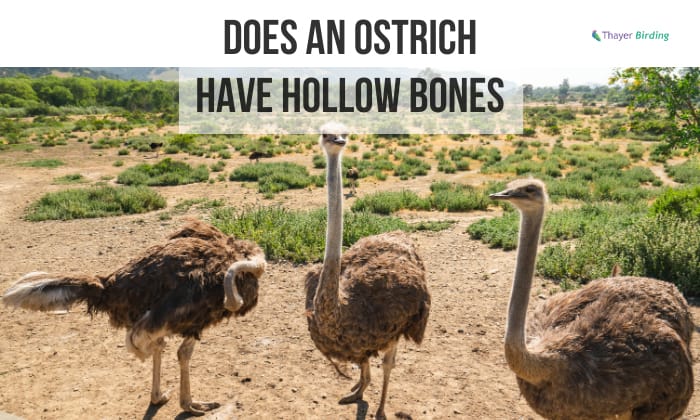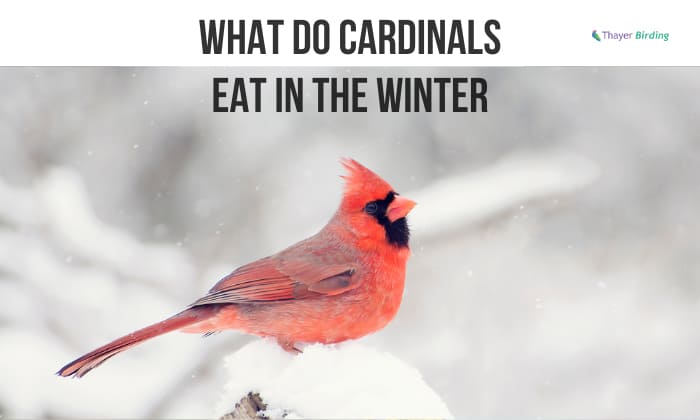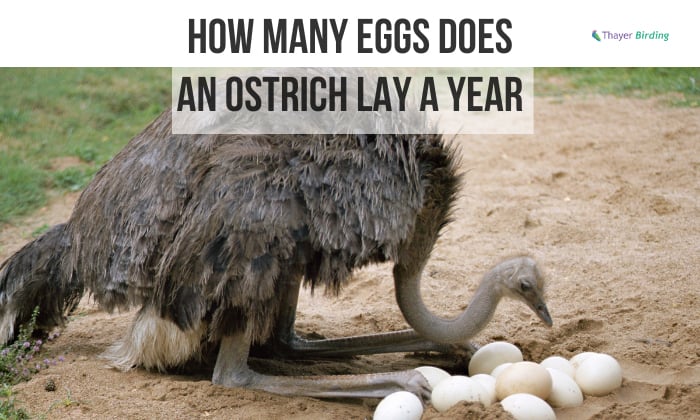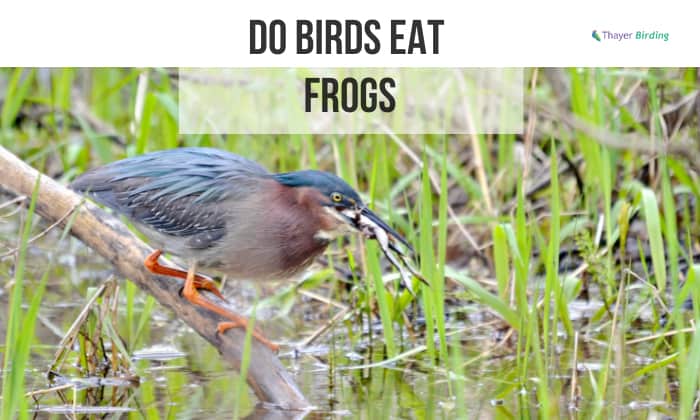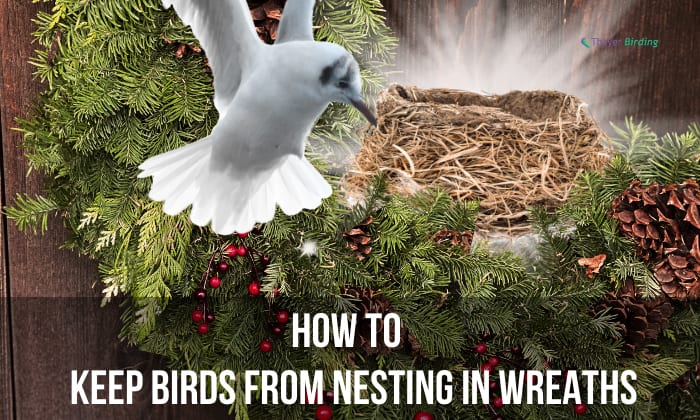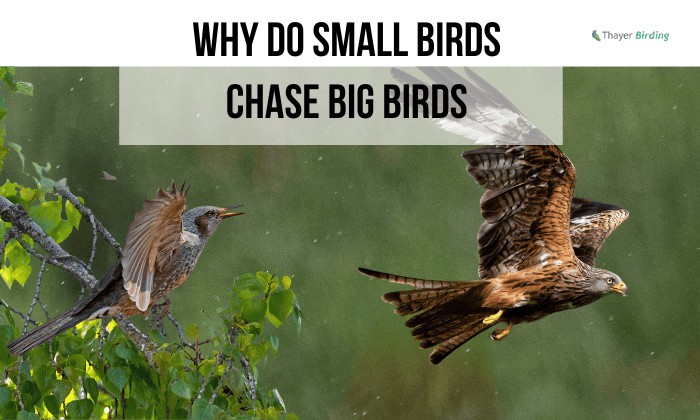Some of the most beautiful birds that exist come in vibrant and striking colors such as shades of red. Some of them are very popular such as the Northern Cardinal, which is known as the red bird, but that’s just one of the many species of birds with red heads.
There are also other spectacular red-headed birds to look out for in your backyard or out in the forest. Do you know what birds have red heads?
Read this article to discover some species of birds with redheads.
Table of Contents
Birds That Have Red Heads
Size:
- Medium-sized finch of the family Fringillidae
- Length: 12.5 to 15 centimeters
- Wingspan: 20 to 25 centimeters
- Weight: 16 to 27 grams, an average of 21 grams
Colorings and markings:
- Adult male: It has a reddish tinge on the head, neck, and shoulders. The rest of the body is brown with streaks of dark brown on the breast and wings.
The coloring becomes more intense depending on the season or as it eats more berries and fruit, which the color is largely dependent on. They are usually mistaken for red-headed sparrow birds.
Read more: The reason why male birds are more colorful.
- Adult female: The female has a uniformly brown coloring on its body with streaks on the underparts, unlike the male, which has a redhead and a brown body.
Habitat – Finches are found everywhere across North America, and only a few migrate south. They are ubiquitous in urban and rural towns.
Diet – House finches are predominantly vegetarian. They eat fruits and berries, and the males get reddish coloration on their heads.
Size:
- Mid-sized woodpecker, the same size as the Hairy Woodpecker
- Length: 22.85-26.7 centimeters
- Wingspan: 38-46 centimeters
- Weight: 56- 91 grams
Colorings and markings:
- Both the adult male and female have a black and white patterned stripe. Their faces and underparts are grayish. The reddish patch on their bellies is usually hard to spo
- Adult male: The males have a red on top of the head like a cap and that reddish color extends to the bill and the nape of this bird.
- Adult female: The female red-bellied woodpecker has a red patch at the beak and a red scruff. It does not come with a red cap on the head.
Habitat – This species inhabits woodlands and dense forests in the Eastern United States.
Diet – Woodpeckers like to eat spiders by drilling on the bark of trees to catch these arthropods. Their diet can be described as omnivorous since they eat a combination of insects, seeds, and fruits.
Size:
- Length: 16-19 centimeters
- Wingspan: 25-30 centimeters
- Weight: 23.5-38 grams, average of 25 grams
Colorings and markings:
- Adult males: vividly red head and chest with a deep black coloring on the wings and tail.
- Adult females: olive-colored on the head and back, pale yellow on the underparts.
Habitat – Scarlet tanagers live in thick forests, and they like to live in oak trees.
Diet – They are omnivores, feeding on insects like caterpillars, beetles, and spiders. Fruits and berries are also part of their diet.
Size:
- Length: 13-14 centimeters
- Wingspan: 24-25 centimeters
- Weight: 11-14 grams
Colorings and markings: The members of this species are sexually dimorphic.
- Adult male: Easily spotted because of its bright red head and chest with brown wings and tail.
- Adult female: The female is generally dull gray in most parts of its body from crown to underparts and is hard to identify as a species.
Habitat – Vermilion flycatchers like to live in open areas, farmlands, wetlands, and savannahs.
Diet – This little bird likes to eat insects such as beetles and flies. They are even documented to feed on small fish.
Size
- Length: 9.9-10.9 centimeters
- Wingspan: 12 centimeters (average)
- Weight: 2.8-5.6 grams
Colorings and markings:
Both male and female species sport beautiful metallic-bronze or emerald green feathers on their back feathers, grayish on the underparts.
- Adult male: The male species has a shiny red crown and pinkish gorget.
- Adult female: The female has a green crown but it also has a red iridescent gorget that is less brilliant compared to that of the male.
Habitat – This small bird with a redhead is found in open woodlands and shrublands, and they are also found in cities and suburban areas.
Diet – Hummingbirds feed on the nectar of flowering plants, particularly of the eucalyptus species. They also eat treehoppers and arthropods.
Size:
- Length: 62-81 centimeters
- Wingspan: 160-183 centimeters
- Weight: 0.8-2.41 kilograms
Colorings and markings:
- This big bird with a redhead does not display overt sexual dimorphism. Both males and females look similar in terms of plumage and size, thus they are hard to tell apart.
- The head of the Turkey Vulture is red. The feathers on the body are black to brown, the expansive wings are composed of silver-gray feathers.
Habitat – They are usually found in open areas that are near rocky areas or cliffs. They are rarely seen in dense forests and prefer open to semi-open woodlands.
Diet – Vultures feed mainly on carrion and prefer fresh meat rather than animals that have been dead for a long time. They also eat live fish and insects sometimes.
Size:
- Length: 21 centimeters (average)
- Weight: 24-43 grams
Colorings and markings:
- Adult male: The male Desert cardinal has a gray body and a redhead. The males also sport a reddish mask on its face contrasting with the predominantly gray plumage of the rest of its body.
- Adult female: Mostly gray plumage with a subtle tinge of red on the crest, wings, and tail.
Habitat – They prefer living in mesquite plains, deserts, open woodlands, and farms. They can also be found commonly in residential areas.
Diet – The desert cardinal is omnivorous. Its diet consists of insects, fruits, and berries. It also eats cotton worms and weevils.
Size:
- Length: 21-23.5 centimeters
- Wingspan:25-31 centimeters
- Weight: 33.6-65 grams
Colorings and markings:
- Adult male: Males come in bright red feathers with contrasting black masks around the eyes. The back and wing feathers are in a darker shade of red.
- Adult female: Females have a duller color, mostly buff with a tinge of red on the crest, wings, and tail.
Habitat: Cardinals are widely distributed across the eastern United States, near the Mexican border, and to parts of Canada. They live in wetlands and open woodlands and are also commonly spotted in suburban areas and towns.
Diet: A Northern cardinal’s diet includes mostly seeds, fruits, and grains. They consume the occasional insects that they find, such as spiders, beetles, and cicadas.
Frequently Asked Questions
What looks like a sparrow but has a redhead?
The house finch is always mistaken as a male red-headed sparrow since they look similar. House sparrows do not have a red head, their plumage is grayish, and their beak is smaller and more conical. If you spy some little brown birds with red heads, those are male house finches.
What kind of bird has a red head and black and white body?
The red-bellied woodpecker is one of the species of birds that comes to mind when thinking of a bird with a red head and black and white wings.
Another species of woodpecker, the red-headed woodpecker, is also a black and white bird with a redhead. It has a full redhead to specific and solid black and white wings, unlike the red-bellied woodpecker with a barred black and white pattern.
Conclusion
This list is only a handful of the species of birds that have red-colored heads. We hope this sparked your interest in looking out for these birds when you go birding.
Don’t forget to take photos of the birds you see and share them. We hope this guide has helped in helping you identify these nice-looking birds now that you know what birds have red heads.

George and I became friends after a birdwatching trip with our new group. And we have been enjoying every adventure together. When he told me the idea of establishing a site that shares our experiences and fun, I immediately agreed. After trials and errors, here we have Thayerbirding.


